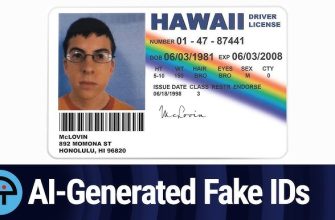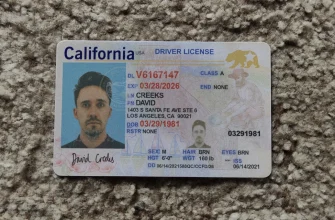In the age of information, where data is constantly flowing and accessibility to various documents is easier than ever, ensuring the authenticity of sources and information is of paramount importance. The credibility of any piece of information hinges on the reliability of its sources. In this article, we will delve into the significance of verifying sources and information, exploring the potential consequences of misinformation and highlighting the tools and strategies available for ensuring document authenticity.
The Consequences of Misinformation:
- Erosion of Trust: Trust is the foundation of any credible information system. When misinformation spreads, trust in the sources and the information itself can quickly erode. This can have far-reaching consequences in various sectors, from journalism to academia and public discourse.
- Impact on Decision-Making: Inaccurate information can lead to misguided decisions at both individual and organizational levels. From businesses making strategic choices based on faulty market data to individuals forming opinions on social and political issues, the consequences of misinformation can be profound.
- Legal Ramifications: In legal contexts, relying on inaccurate or forged documents can lead to severe consequences. Legal proceedings, contracts, and official communications all depend on the authenticity of documents. Any compromise in this regard can have legal repercussions.
Importance of Verifying Sources:
- Establishing Credibility: Verifying sources is crucial for establishing the credibility of information. Reliable sources lend authority to the content, making it more likely to be trusted by readers, viewers, or stakeholders.
- Preventing the Spread of Disinformation: Verifying sources acts as a bulwark against the spread of disinformation. By ensuring the accuracy of the information before disseminating it, individuals can play a critical role in curbing the propagation of false narratives.
- Enhancing Critical Thinking: Encouraging individuals to verify sources fosters critical thinking skills. The ability to discern between trustworthy and dubious information is an invaluable skill in today’s information-rich environment.
Tools and Strategies for Verifying Document Authenticity:
- Cross-Referencing with Multiple Sources: Cross-referencing information with multiple sources is a fundamental strategy. Consistency across reputable sources increases the likelihood of accuracy.
- Fact-Checking Organizations: Fact-checking organizations play a crucial role in debunking false information. Consulting trusted fact-checkers can provide additional assurance regarding the authenticity of a document or piece of information.
- Digital Forensics: In the digital age, advanced tools for digital forensics can be employed to verify the authenticity of digital documents. Techniques such as metadata analysis and image forensics can uncover potential tampering.
- Expert Verification: Seeking expert opinions or consulting specialists in the relevant field can offer an additional layer of verification. Experts can lend their expertise to validate the accuracy of technical or specialized information.
Verifying sources and information is a responsibility that falls on both content creators and consumers. The consequences of relying on inaccurate information are vast and can impact various aspects of society. By understanding the importance of document authenticity and employing the right tools and strategies, we can collectively contribute to a more reliable and trustworthy information landscape. In an era where information is power, ensuring its authenticity is key to maintaining a healthy and informed society.
https://verif.tools/




